The lesser kestrel (Falco naumanni), a small falcon species, has become a symbol of wildlife conservation success in Spain. Once facing severe population declines due to habitat loss and pesticide use, these raptors have made a remarkable comeback, thanks to dedicated conservation efforts.
In the rolling plains of Castilla la Mancha and Extremadura, lesser kestrels have found sanctuary. The Spanish government and various NGOs have implemented measures such as creating protected areas, restoring old buildings for nesting, and banning harmful pesticides. These actions have provided the birds with safe breeding grounds and abundant food sources.
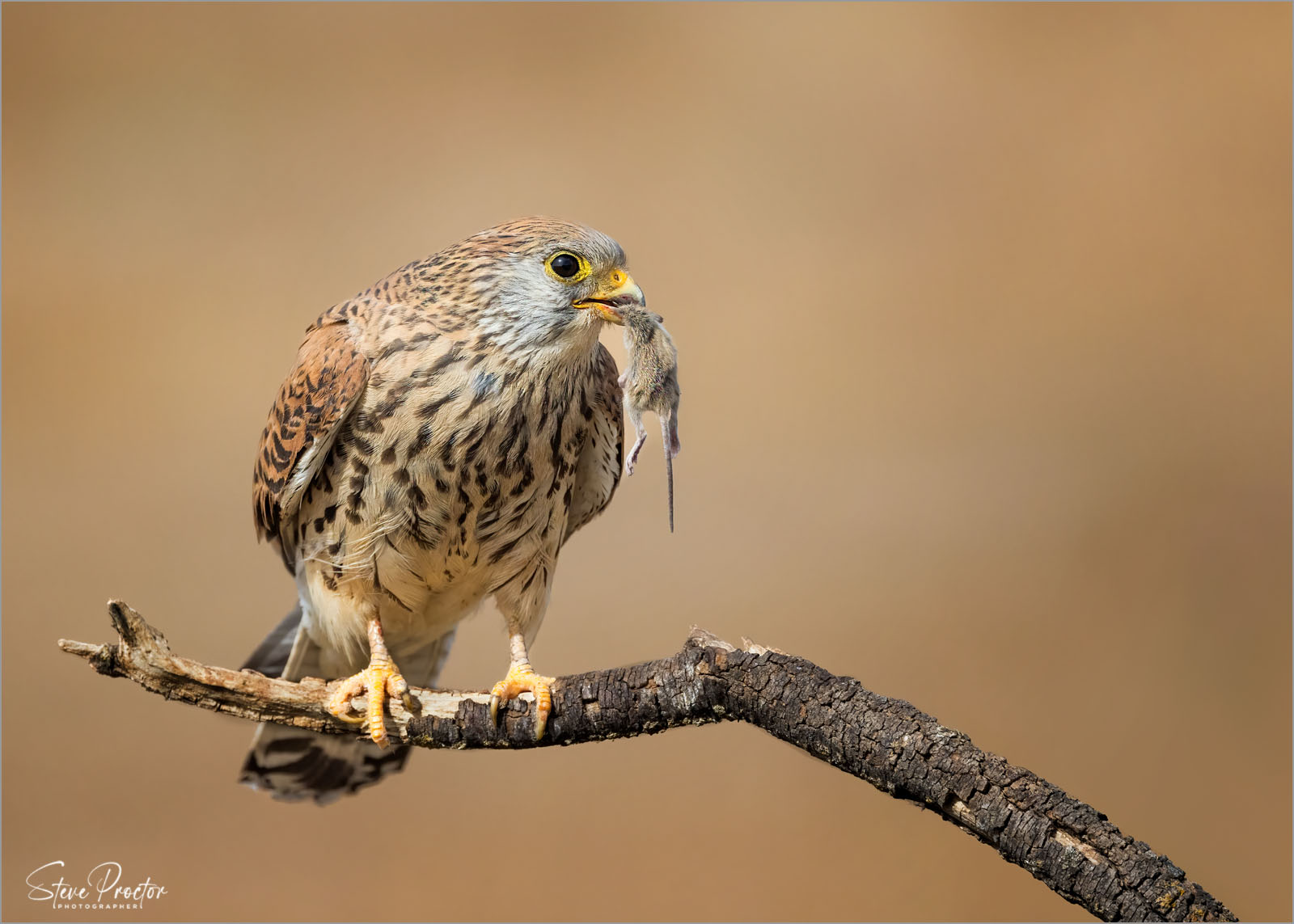

The lesser kestrel’s diet mainly consists of small rodents and insects (which they catch in mid-air with impressive agility). Their presence is beneficial to agriculture as they help control pest populations naturally. During breeding season, lesser kestrels form large colonies, often choosing old buildings or cliffs to nest. This behavior makes them a tourist attraction, contributing to local economies and raising awareness about conservation.
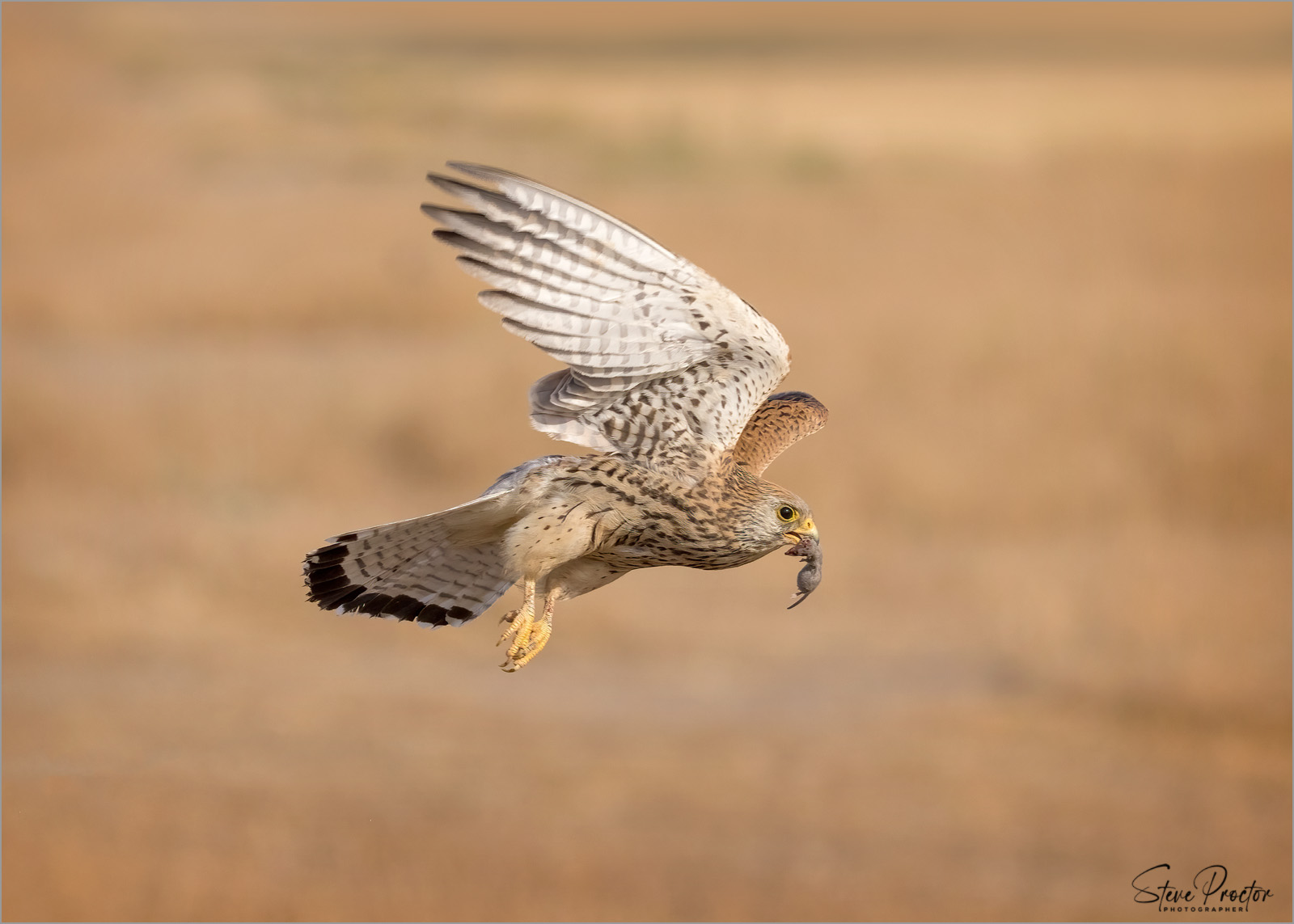
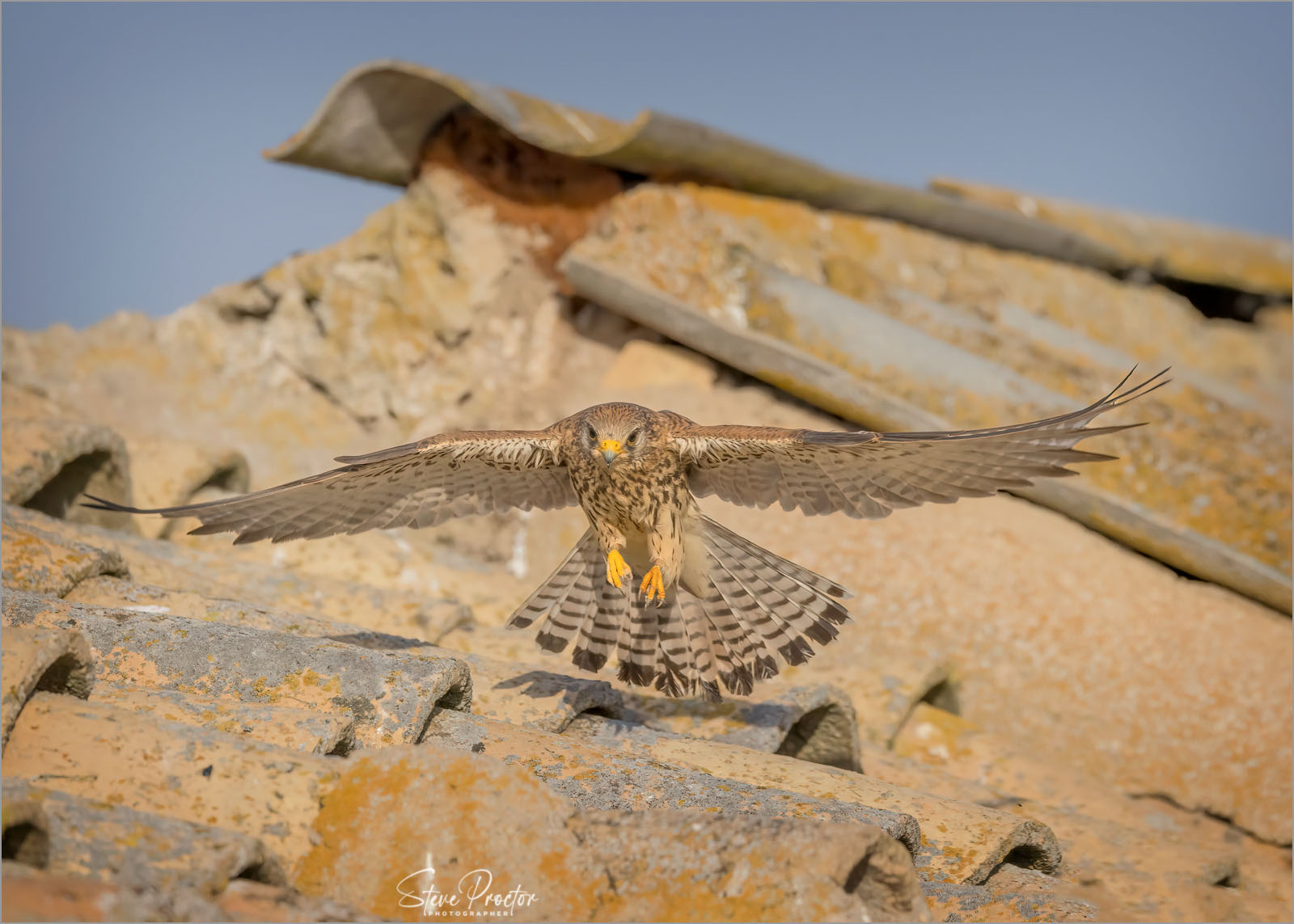
The success story of the lesser kestrel in Spain serves as an inspiring example of how human intervention can positively impact biodiversity. It highlights the importance of habitat preservation and sustainable practices in reversing the fortunes of endangered species.
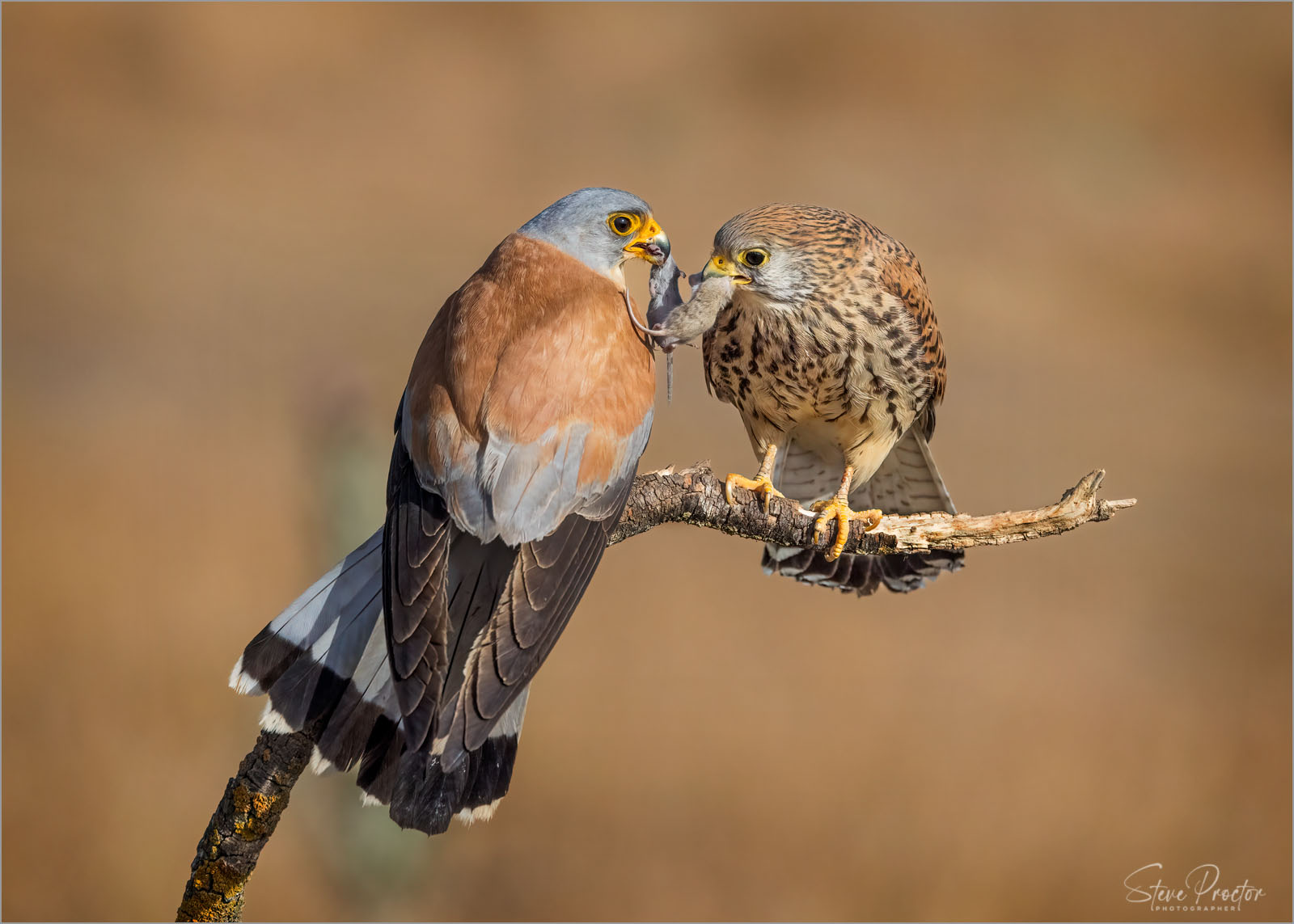
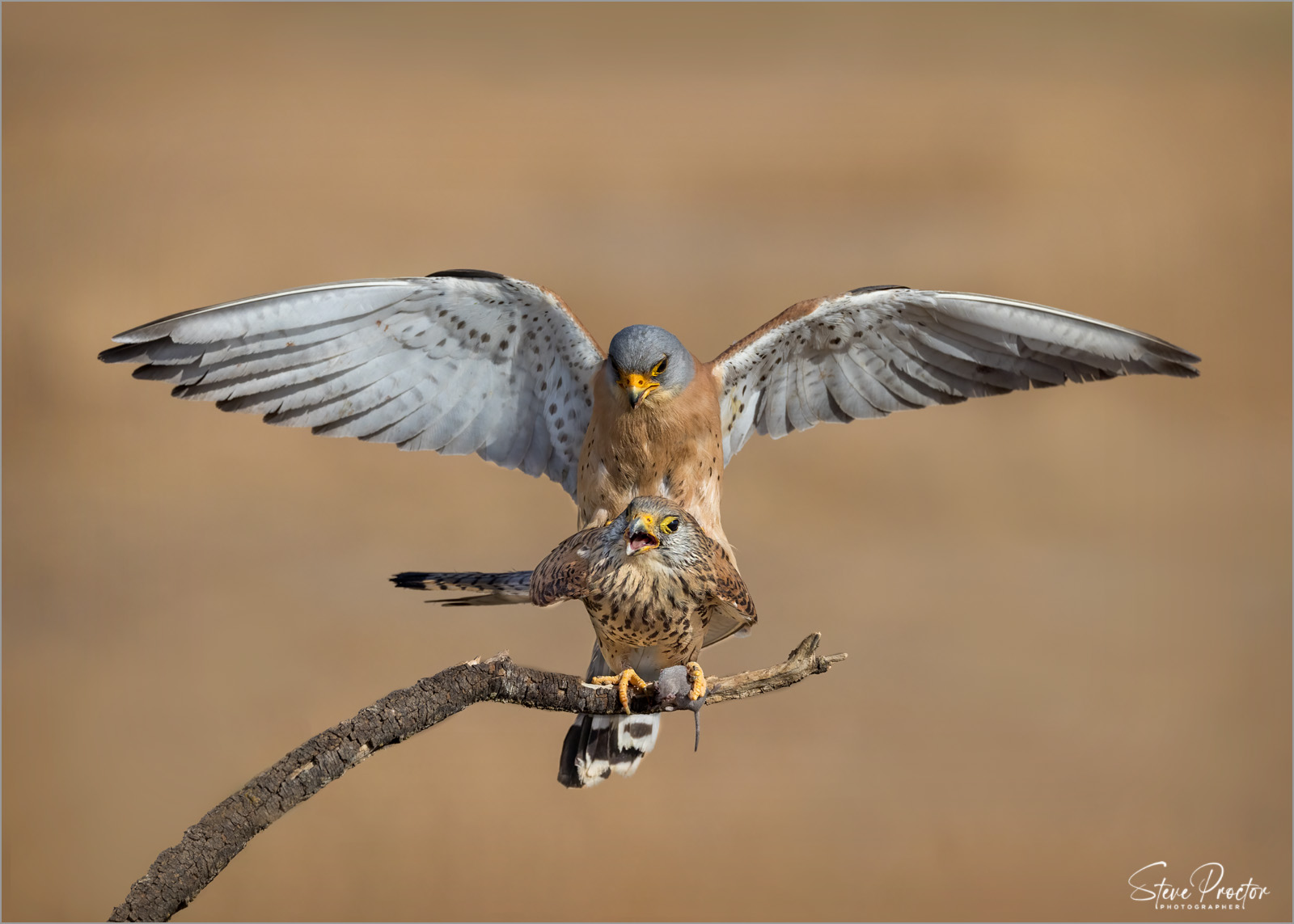
The images shown here were captured at the Hides of El Taray.